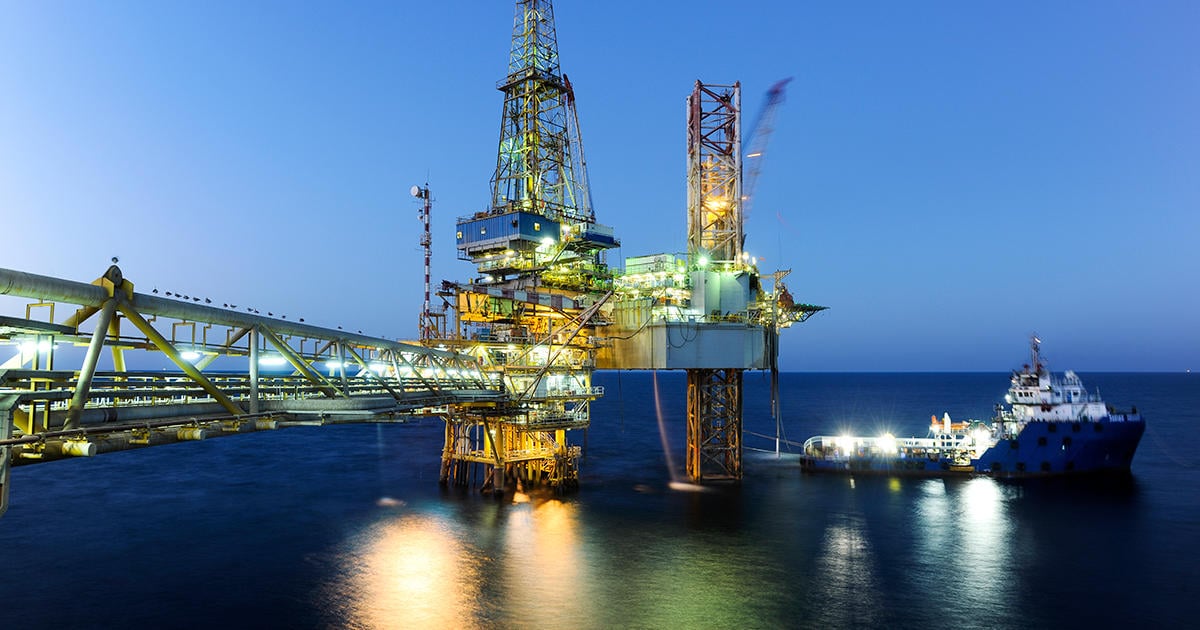Das And Partners Engineering Consultancy in abu dhabi is pleased to present this technical overview of Subsea Pipelines and Manifolds, critical infrastructure components in offshore oil and gas production. These systems enable the safe and efficient transport and distribution of hydrocarbons from subsea wells to processing facilities. Understanding their design, function, and challenges is essential for optimising offshore operations and ensuring environmental safety.
What are Subsea Pipelines and Manifolds?
- Subsea Pipelines: Steel or composite pipes laid on or buried beneath the seabed, transporting oil, gas, and other fluids between subsea facilities and onshore terminals.
- Manifolds: Complex assemblies of valves and piping that gather flow from multiple wells and redirect it into pipelines.
Main Functions
- Transport hydrocarbons safely over long distances underwater.
- Combine outputs from several wells for streamlined processing.
- Facilitate flow control and monitoring through valves and sensors.
Types of Manifolds:
- Production Manifolds: Collect produced fluids from wells.
- Injection Manifolds: Distribute injection fluids like water or gas for reservoir management.
Design Considerations:
- Corrosion resistance and material selection for harsh subsea conditions.
- Structural integrity to withstand deepwater pressure and currents.
- Flexibility for maintenance, expansion, and operational changes.
Challenges:
- Installation complexity in deepwater and harsh environments.
- Ensuring leak prevention and environmental protection.
- Integration with other subsea systems and remote monitoring.
How Das And Partners - Best Engineering Consultants in UAE Can Help
- Expert Technical Consultancy
- Risk Assessment & Safety Audits
- Inspection & Maintenance Planning
- Training & Support
- Innovative Solutions




